|
History happens everywhere—even your own backyard. Have you ever heard of Carrie Chapman Catt? From 1919-1928 Carrie lived in a house near mine called Juniper Ledge. She was a suffragist, one of many who fought for women’s right to vote. Without her, the Nineteenth Amendment to the U.S. Constitution, which gave women the vote, might never have been approved. Born in 1859 and raised in Iowa, Carrie got an early lesson in politics when she asked why her mother wasn’t voting in the 1872 presidential election. Everyone laughed, but not Carrie. She thought it unfair that women couldn’t vote—and wasn’t afraid to say so. In college Carrie joined a literary society. Women were forbidden from speaking during meetings. After Carrie spoke at a debate, the rules were changed to allow women’s participation. A woman of many “firsts,” Carrie worked as a teacher after graduation and became one of the first female school superintendents in the country. After marrying she moved to San Francisco. When her husband died she supported herself by working as that city’s first female newspaper reporter. Back in Iowa, Carrie joined the Iowa Woman Suffrage Association, part of the National American Woman Suffrage Association (NAWSA), led by Susan B. Anthony. Carrie’s rousing speeches brought her national attention. When Susan retired, Carrie became NAWSA’s president, leading suffrage campaigns all over the country and supervising a million volunteers. Carrie’s “Winning Plan” for the vote worked on both state and federal levels. She supported President Woodrow Wilson’s efforts in World War I, even though she was a peace activist. She knew if Wilson backed women’s suffrage, Congress would vote for it. And that’s exactly what happened. Carrie’s activism didn’t stop at the U.S. border. As founder and president of the International Woman Suffrage Alliance, she advocated for democracy and women’s rights on four continents. She also founded the League of Women Voters to educate women on political issues, worked for world peace, and campaigned against child labor and Hitler’s treatment of Jews. When the Nineteenth Amendment was approved in 1920, Carrie was living at Juniper Ledge. There she nailed plaques to trees in honor of women who fought for the vote. Juniper Ledge still stands, right down the street from the park where today kids play ball. Who knows what other people, places and stories from the past they may find in the neighborhood?
0 Comments
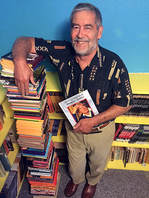 When he was a young man in his mid-twenties, future Roman leader Julius Caesar was voyaging across the Mediterranean Sea. Pirates swarmed over his ship. They took him to their base on tiny Farmakonisi Island, which lies off the coast of Asia Minor (modern-day Turkey), and held him for ransom. When he learned how much the pirates were demanding for his release, Caesar laughed. Do you have any idea who I am, he asked. I belong to one of Rome’s most important families. So you can get more money for me—a lot more—almost three times as much. The astonished pirates were only too happy to oblige him. Keeping a friend and two servants with him on Farmakonisi, Caesar ordered the rest of his traveling party to go to Asia Minor and raise his ransom. While they were doing that, Caesar acted as if he were the ruler of the tiny island, rather than a captive cowering in fright. He ordered the pirates to attend lectures and poetry readings he gave, and prodded those who nodded off as he droned on and on and on. When he wanted to sleep, he ordered the pirates to either speak in whispers or go to another part of the island. He even played games with them. He also told them that when he was released, I promise I will hunt you down and execute you. In the spirit of bonhomie he engendered, the pirates apparently thought he was joking. He wasn’t. Though outwardly he was friendly with the pirates, he seethed inwardly at the humiliation of being taken prisoner. After the ransom was paid, Caesar sailed to a nearby port. He raised a fleet of ships and scores of armed men. He returned to Farmakonisi, captured the pirates, and reclaimed the ransom money. He threw his former captors into prison. They didn’t stay there long. Caesar crucified them. He did show some mercy. Since crucifixion was a long, lingering death, he cut their throats so they died instantly.  MLA 8 Citation
Whiting, Jim. "A Man of His Word." Nonfiction Minute, iNK Think Tank, 26 Mar. 2018, www.nonfictionminute.org/the-nonfiction-minute/A-Man-of-his-Word. 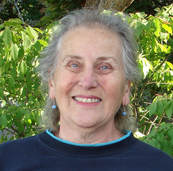 Do your feet sometimes smell rotten? Do you wish you could toss out your shoes and start with a new pair? We make jokes about smelly feet, but smell and feet have a very different relationship among some insects. Take butterflies. Have you ever watched a butterfly flit over a plant, gently touch its feet to a leaf, and then fly on to the next leaf? That butterfly isn’t being picky about where to land. It’s hunting for the right kind of leaf for laying its eggs. It’s “smelling” the leaf with its feet! Actually, we need to qualify that statement a bit. Some writers will say the insect is “smelling” the leaf while others may write that it’s “tasting” the leaf. Smelling and tasting are forms of “chemoreception,” or sensing of chemicals. Smell usually refers to sensing from a distance while tasting generally means actually touching the nerve cells that sense a chemical. We humans have cells in our noses that send messages to our brains about chemicals in the air. We call that our sense of smell. We have cells on our tongues that sense chemicals dissolved in liquid in our mouths. That’s taste. That butterfly doesn’t have a nose, and its mouth is a long tube for sucking up nectar from flowers. Its chemoreceptors are elsewhere, like on its feet, around its mouth, and on its antennae. Most butterflies lay their eggs on the plants that the hatched caterpillars will eat. Some species are very specific about what plants their young can feed on. Take the postman butterfly, which lives in Central and South America. Its caterpillars can only survive on certain species of passionflower vines. Other species are poisonous to their offspring. The female postman butterfly has dozens of special nerve cells on her feet called “gustatory sensilla.” Scientists think that when she touches gently down on a leaf, these cells can sense chemicals there that would be poisonous to her caterpillars. She avoids laying eggs on those leaves. But when she finds a plant that will nourish her young, she’ll alight and lay her eggs. Now take your shoes off and move your feet around on the floor. The only nerve endings on your feet are ones that sense touch. But then, you don’t need to be able to smell the ground you walk on. Imagine how gross it would be if your feet could smell the insides of your socks and shoes—yuck! 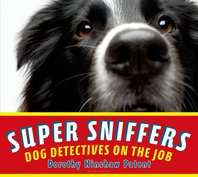 A dog’s nose is 300 times more powerful than a human nose, so it’s no wonder that dogs use their incredibly advanced sense of smell to do some very important jobs. In Super Sniffers, Dorothy Hinshaw Patent explores the various ways specific dogs have put their super sniffing ability to use: from bedbug sniffers to explosive detectors to life-saving allergy detectors . . . and more. This dynamic photo-essay includes first-hand accounts from the people who work closely with these amazing dogs. For more information, click here. Dorothy Hinshaw Patent is a member of iNK's Authors on Call and is available for classroom programs through Field Trip Zoom, a terrific technology that requires only a computer, wifi, and a webcam. Click here to find out more. MLA 8 Citation
Patent, Dorothy Hinshaw. "Smelling Feet or Smelly Feet?" Nonfiction Minute, iNK Think Tank, 23 Jan. 2018, www.nonfictionminute.org/the-nonfiction-minute/ Smelling-Feet-or-Smelly-Feet. Norman Mineta was ten when Japan bombed Pearl Harbor. He was a carefree fourth grader in San Jose, California, who loved baseball, hot dogs, and Cub Scouts. But after the attack, school friends turned on him, calling him the enemy and yelling at him, “Dirty Jap! You bombed Pearl Harbor!” “I looked like the enemy, so they assumed I was,” said Norm, whose parents had immigrated from Japan. “I burned with shame.” The FBI arrested Japanese American leaders, imposed a curfew, and restricted travel. People’s businesses were padlocked and their homes searched. “When we learned about the internment camps, it was very frightening,” Norm said. He and his parents, his older brother, and two of his three older sisters were taken by train to a camp near Heart Mountain, Wyoming, Heart Mountain housed 10,000 internees who lived behind barbed wire in 500 barracks. Their rooms had a single light bulb. No privacy, no closet, no running water. The Mineta family endured these hardships with grace and dignity. Norm found solace in playing baseball and doing well in school. Late in 1944 the family was sent by the government to Chicago so Norm’s father could teach Japanese to American army officers. They lived in a regular house, but were not free to go home. That finally happened when the war ended in 1945. They had been gone three long years. Gradually they resumed their former lives. After high school and college, Norm served in the army. He married, fathered two sons, and joined the family insurance business. Then he was elected mayor of San Jose and later served twenty years in the House of Representatives. While in congress, he and other congressional members sponsored a bill requiring the government to give financial restitution to each living internee. More important, each would receive a letter of apology from the President of the United States. After long and arduous work, the bill passed, becoming the Civil Liberties Act of 1988. Japanese Americans had been exonerated. Only then could healing begin for one of the most egregious civil rights violations in American history. Norm went on the serve in the cabinets of two presidents. Today this distinguished statesman works actively to tell the story of the interment and to ensure the civil rights of all Americans.  This story happened in 1778, a time of terrible war. As General George Washington’s troops shivered in their winter camp in Pennsylvania, at Valley Forge, Daniel Boone was hunting out west, in the future state of Kentucky. Nearby, in the forest, his friends were boiling down mineral-rich spring water to make salt for their families in Boonesborough. It was a community of cabins in and around a log stockade, to protect the pioneers from attackers. Of whom were they afraid? The First Nations, who’d been living in the so-called New World for countless generations. Specifically, Daniel Boone’s people feared the Shawnee and Cherokee peoples—and vice versa. The Native Americans were fighting an endless supply of white settlers determined to take their ancestral lands. All through and after the Revolutionary War years, American, British, and Native warriors fought throughout the wilderness west of the Appalachian Mountains and east of the Mississippi River. We know Daniel Boone as a frontier explorer and trailblazer. To the Natives, he was “Wide Mouth,” a leader of the invasion that threatened to end their ways of life forever. So it was a BIG deal when, on a winter day in 1778, Shawnee Chief Blackfish and his warriors captured him! Daniel used all of his wits to work out a trade: In return for making him and his salt-making friends their prisoners, the Shawnee would put off attacking Boonesborough. For ten days, the captives were marched through the snowy woods to Chillicothe, the big Shawnee town in Ohio. The British paid bounties for colonial prisoners, so some of Daniel’s friends were sold. They and others were lost to history, but we know that Daniel had to prove his courage in the gauntlet, dashing between rows of Shawnee warriors, getting hit by clubs. Now, he’d known Natives and studied their ways since he was a boy. To stay safe until he could get back to his family, he knew he needed to let Chief Blackfish do as he wished: adopt him into his tribe. Daniel got scrubbed. He got all of his hair plucked out except for a “scalp lock” atop his head. He got a new name too: Sheltowee or “Big Turtle.” But it was June before he got the chance to escape. Then Daniel ran, hid, hiked, and limped 160 miles home to Boonesborough, in time to prepare for the attack of the angry Shawnee. But that’s another story for another day. 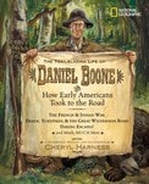 Once again, Cheryl Harness combines lively storytelling with vividly detailed illustrations to transport readers back to an exciting era in American history. During Daniel Boone's 86-year life, Colonial America is transformed into a revolutionary republic, trails morph into roads and highways, and Americans discover new ways to travel—by canal, and by steam-powered boats and trains. Readers journey through these formative milestones in America's great westward expansion with the aid of a time line running along each page, 200-plus illustrations, maps, sidebars, primary-source quotations, and resource lists. For information on The Trailblazing Life of Daniel Boone: How Early Americans Took to the Road, click here. MLA 8 Citation
Harness, Cheryl. "Kidnapped!" Nonfiction Minute, iNK Think Tank, 4 June 2018, www.nonfictionminute.org/the-nonfiction-minute/kidnapped. |
*NEWS
|
For Vicki Cobb's BLOG (nonfiction book reviews, info on education, more), click here: Vicki's Blog
The NCSS-CBC Notable Social Studies Committee is pleased to inform you
that 30 People Who Changed the World has been selected for Notable Social Studies Trade Books for Young People 2018, a cooperative project of the National Council for the Social Studies (NCSS) & the Children’s Book Council
Categories
All
Abolitionists
Adams Janus
Adaptation
Adaptations
Adkins Jan
Advertising
Aerodynamics
Africa
African American History
African Americans
Africa West
Agriculture
Aircraft
Air Pilots
Air Pressure
Air Travel
Albee Sarah
Alchemy
Alligators
Allusion
American History
American Icons
Amphibians
Amundsen Roald
Anatomy
Ancient
Ancient Cultures
Anderson Marian 1897-1993
Animal Behavior
Animal Experimentation
Animal Intelligence
Animals
Animation
Antarctica
Ants
Apache Indians
Apes
April Fool's Day
Architecture
Argument
Arithmetic
Art
Art Deco
Artists
Arts
Asia
Astronauts
Astronomy
Athletes
Atomic Theory
Audubon Societies
Authors
Autobiography
Automobiles
Aviation
Awards
Bacteria
Baseball
Battuta Ibn
Bears
Beatles
Beavers
Bees
Biodegradation
Biography
Biology
Biomes
Biomimicry
Biplanes
Birds
Black Death
Black History
Blindness
Blizzards
Bombs
Bonaparte Napoleon
Boone Daniel
Botany
Brazil
Bridges
Brill Marlene Targ
Brooklyn Bridge
Brown John
Buffaloes
Building Materials
Butterflies
Caesar
Caesar Julius
Caissons
Calculus
Calendars
Cannibal
Capitals
Caravaggio
Carbon Dioxide
Carnivores
Carson Mary Kay
Cartoons & Comics
Carving (Decorative Arts)
Cascade Range
Castaldo Nancy
Castles
Castrovilla Selene
Cathedrals
Cats
Caves
Celts
Cemeteries
Chemistry
Children's Authors
Child Welfare
China
Choctaw Indians
Christmas
Chronometers
Cicadas
Cinco De Mayo
Ciphers
Circle
Citizenship
Civil Rights
Civil Rights Movements
Civil War
Civil War - US
Climate
Climate Change
Clocks And Watches
Clouds
Cobb Vicki
COBOL (Computer Language)
Code And Cipher Stories
Collard III Sneed B.
Collectors And Collecting
Color
Commerce
Communication
Competition
Compilers
Composers
Computers
Congressional Gold Medal
Consitution
Contests
Contraltos
Coolidge Calvin
Cooling
Corms
Corn
Counterfeiters
Covid-19
Crocodiles
Cryptography
Culture
Darwin Charles
Declaration Of Independence
Decomposition
Decompression Sickness
Deep-sea Animals
Deer
De Medici Catherine
Design
Detectives
Dickens Charles
Disasters
Discrimination
Diseases
Disney Walt
DNA
Dogs
Dollar
Dolphins
Douglass Frederick 1818-1895
Droughts
Dr. Suess
Dunphy Madeleine
Ear
Earth
Earthquakes
Ecology
Economics
Ecosystem
Edison Thomas A
Education
Egypt
Eiffel-gustave-18321923
Eiffel-tower
Einstein-albert
Elephants
Elk
Emancipationproclamation
Endangered Species
Endangered-species
Energy
Engineering
England
Englishlanguage-arts
Entomology
Environmental-protection
Environmental-science
Equinox
Erie-canal
Etymology
Europe
European-history
Evolution
Experiments
Explorers
Explosions
Exports
Extinction
Extinction-biology
Eye
Fairs
Fawkes-guy
Federalgovernment
Film
Fires
Fishes
Flight
Floods
Flowers
Flute
Food
Food-chains
Foodpreservation
Foodsupply
Food-supply
Football
Forceandenergy
Force-and-energy
Forensicscienceandmedicine
Forensic Science And Medicine
Fossils
Foundlings
France
Francoprussian-war
Freedom
Freedomofspeech
French-revolution
Friction
Frogs
Frontier
Frontier-and-pioneer-life
Frozenfoods
Fugitiveslaves
Fultonrobert
Galapagos-islands
Galleys
Gametheory
Gaudi-antoni-18521926
Gender
Generals
Genes
Genetics
Geography
Geology
Geometry
Geysers
Ghosts
Giraffe
Glaciers
Glaucoma
Gliders-aeronautics
Global-warming
Gods-goddesses
Gold-mines-and-mining
Government
Grant-ulysses-s
Grasshoppers
Gravity
Great-britain
Great-depression
Greece
Greek-letters
Greenberg Jan
Hair
Halloween
Handel-george-frederic
Harness Cheryl
Harrison-john-16931776
Health-wellness
Hearing
Hearing-aids
Hearst-william-randolph
Henry-iv-king-of-england
Herbivores
Hip Hop
History
History-19th-century
History-france
History-world
Hitler-adolph
Hoaxes
Holidays
Hollihan Kerrie Logan
Homestead-law
Hopper-grace
Horses
Hot Air Balloons
Hot-air-balloons
Housing
Huguenots
Human Body
Hurricanes
Ice
Icebergs
Illustration
Imagery
Imhotep
Imperialism
Indian-code-talkers
Indonesia
Industrialization
Industrial-revolution
Inquisition
Insects
Insulation
Intelligence
Interstatecommerce
Interviewing
Inventions
Inventors
Irrational-numbers
Irrigation
Islands
Jacksonandrew
Jazz
Jeffersonthomas
Jefferson-thomas
Jemisonmae
Jenkins-steve
Jet-stream
Johnsonlyndonb
Jokes
Journalism
Keeling-charles-d
Kennedyjohnf
Kenya
Kidnapping
Kingmartinlutherjr19291968
Kingmartinlutherjr19291968d6528702d6
Kings-and-rulers
Kings Queens
Kings-queens
Koala
Labor
Labor Policy
Lafayette Marie Joseph Paul Yves Roch Gilbert Du Motier Marquis De 17571834
Landscapes
Languages-and-culture
Law-enforcement
Layfayette
Levers
Levinson Cynthia
Lewis And Clark Expedition (1804-1806)
Lewis Edmonia
Liberty
Lift (Aerodynamics)
Light
Lindbergh Charles
Liszt Franz
Literary Devices
Literature
Lizards
Longitude
Louis XIV King Of France
Lumber
Lunar Calendar
Lynching
Macaws
Madison-dolley
Madison-james
Madison-james
Mammals
Maneta-norman
Maneta-norman
Marathon-greece
Marine-biology
Marine-biology
Marines
Marsupials
Martial-arts
Marx-trish
Mass
Massachusetts-maritime-academy
Mass-media
Mastodons
Mathematics
May-day
Mcclafferty-carla-killough
Mcclafferty-carla-killough
Mckinley-william
Measurement
Mechanics
Media-literacy
Media-literacy
Medicine
Memoir
Memorial-day
Metaphor
Meteorology
Mexico
Mickey-mouse
Microscopy
Middle-west
Migration
Military
Miners
Mississippi
Molasses
Monarchy
Monsters
Montgomery
Montgomery-bus-boycott-19551956
Montgomery-heather-l
Monuments
Moon
Moran-thomas
Morsecode
Morsesamuel
Moss-marissa
Moss-marissa
Motion
Motion-pictures
Mummies
Munro-roxie
Munro-roxie
Musclestrength
Museums
Music
Muslims
Mythologygreek
Nanofibers
Nanotechnology
Nathan-amy
Nathan-amy
Nationalfootballleague
Nationalparksandreserves
Nativeamericans
Native-americans
Native-americans
Naturalhistory
Naturalists
Nature
Nauticalcharts
Nauticalinstruments
Navajoindians
Navigation
Navy
Ncaafootball
Nervoussystem
Newdeal19331939
Newman-aline
Newman-aline
Newton-isaac
New-york-city
Nobelprizewinners
Nomads
Nonfictionnarrative
Nutrition
Nylon
Nymphs-insects
Oaths Of Office
Occupations
Ocean
Ocean-liners
Olympics
Omnivores
Optics
Origami
Origin
Orphans
Ottomanempire
Painters
Painting
Paleontology
Pandemic
Paper-airplanes
Parksrosa19132005
Parrots
Passiveresistance
Patent Dorothy Hinshaw
Peerreview
Penguins
Persistence
Personalnarrative
Personification
Pets
Photography
Physics
Pi
Pigeons
Pilots
Pinkertonallan
Pirates
Plague
Plains
Plainsindians
Planets
Plantbreeding
Plants
Plastics
Poaching
Poetry
Poisons
Poland
Police
Political-parties
Pollen
Pollution
Polo-marco
Populism
Portraits
Predation
Predators
Presidentialmedaloffreedom
Presidents
Prey
Prey-predators
Prey-predators
Prime-meridian
Pringle Laurence
Prohibition
Proteins
Protestandsocialmovements
Protestants
Protestsongs
Punishment
Pyramids
Questioning
Radio
Railroad
Rainforests
Rappaport-doreen
Ratio
Reading
Realism
Recipes
Recycling
Refrigerators
Reich-susanna
Religion
Renaissance
Reproduction
Reptiles
Reservoirs
Rheumatoidarthritis
Rhythm-and-blues-music
Rice
Rivers
Roaringtwenties
Roosevelteleanor
Rooseveltfranklind
Roosevelt-franklin-d
Roosevelt-theodore
Running
Russia
Safety
Sanitation
Schwartz David M
Science
Scientificmethod
Scientists
Scottrobert
Sculpture
Sculpturegardens
Sea-level
Seals
Seals-animals
Secretariesofstate
Secretservice
Seeds
Segregation
Segregationineducation
Sensessensation
September11terroristattacks2001
Seuss
Sextant
Shackletonernest
Shawneeindians
Ships
Shortstories
Silkworms
Simple-machines
Singers
Siy Alexandra
Slavery
Smuggling
Snakes
Socialchange
Social-change
Socialjustice
Social-justice
Socialstudies
Social-studies
Social-studies
Sodhouses
Solarsystem
Sound
Southeast-asia
Soybean
Space Travelers
Spain
Speech
Speed
Spiders
Spies
Spiritualssongs
Sports
Sports-history
Sports-science
Spring
Squirrels
Statue-of-liberty
STEM
Storms
Strategy
Sugar
Sumatra
Summer
Superbowl
Surgery
Survival
Swanson-jennifer
Swinburne Stephen R.
Synthetic-drugs
Taiwan
Tardigrada
Tasmania
Tasmanian Devil
Tasmanian-devil
Technology
Tecumsehshawneechief
Telegraph-wireless
Temperature
Tennis
Terrorism
Thomas Peggy
Thompson Laurie Ann
Time
Titanic
Tombs
Tortoises
Towle Sarah
Transcontinental-flights
Transportation
Travel
Trees
Trung Sisters Rebellion
Tundra
Turnips
Turtles
Typhoons
Underground Railroad
Us-environmental-protection-agency
Us History
Us-history
Ushistoryrevolution
Us History Revolution
Us-history-war-of-1812
Us Presidents
Ussupremecourtlandmarkcases
Vacations
Vaccines
Vangoghvincent
Vegetables
Venom
Vietnam
Viruses
Visual-literacy
Volcanoes
Voting-rghts
War
Warne-kate
Warren Andrea
Washington-dc
Washington George
Water
Water-currents
Wax-figures
Weapons
Weather
Weatherford Carole Boston
Whiting Jim
Wildfires
Winds
Windsor-castle
Wolves
Woman In History
Women
Women Airforce Service Pilots
Women-airforce-service-pilots
Womeninhistory
Women In History
Women-in-science
Women's History
Womens-roles-through-history
Wonder
Woodson-carter-godwin-18751950
World-war-i
World War Ii
World-war-ii
Wright Brothers
Writing
Writing-skills
Wwi
Xrays
Yellowstone-national-park
Zaunders Bo
ArchivesMarch 2021
February 2021
January 2021
December 2020
November 2020
October 2020
September 2020
June 2020
May 2020
April 2020
March 2020
February 2020
January 2020
December 2019
October 2019
September 2019
August 2019
July 2019
May 2019
April 2019
March 2019
February 2019
January 2019
December 2018
November 2018
September 2018
June 2018
May 2018
April 2018
March 2018
February 2018
January 2018
December 2017
November 2017
October 2017
September 2017
March 2017
The NONFICTION MINUTE, Authors on Call, and. the iNK Books & Media Store are divisions of iNK THINK TANK INC.
a 501 (c) (3) nonprofit corporation. To return to the iNK Think Tank landing page click the icon or the link below. :
http://inkthinktank.org/
For more information or support, contact thoughts@inkthinktank.org
For Privacy Policy, go to
Privacy Policy
© COPYRIGHT the Nonfiction Minute 2020.
ALL RIGHTS RESERVED.
This site uses cookies to personalize your experience, analyze site usage, and offer tailored promotions. www.youronlinechoices.eu
Remind me later
Archives
March 2023
February 2023
January 2023
December 2022
November 2022
October 2022
September 2022
June 2022
May 2022
April 2022
March 2022
February 2022
January 2022
December 2021
November 2021
September 2021
April 2021
March 2021
February 2021
November 2020
October 2020
September 2020
June 2020
May 2020
April 2020
March 2020
February 2020
January 2020
October 2019
August 2019
July 2019
May 2019
April 2019
December 2018
September 2018
June 2018
May 2018
March 2018
February 2018
January 2018
December 2017
November 2017
October 2017
September 2017

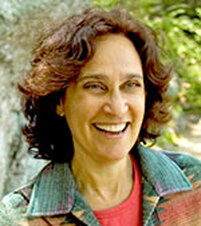

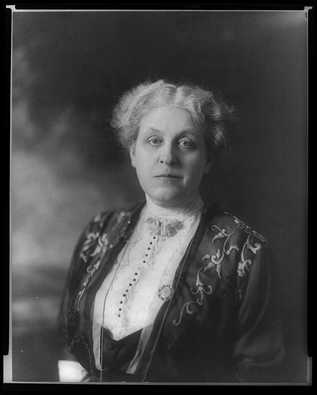
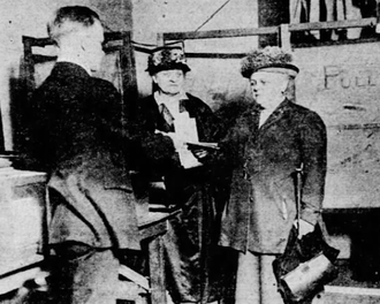
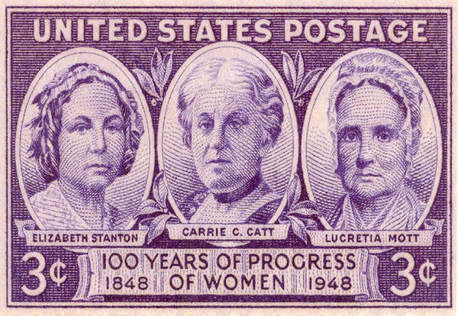
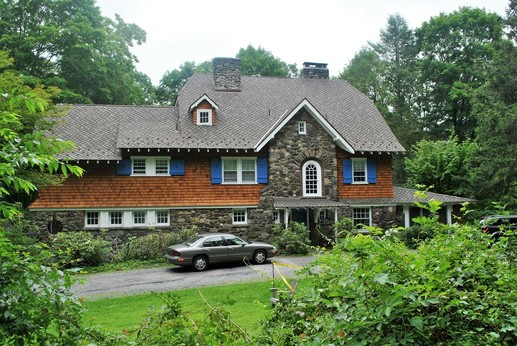
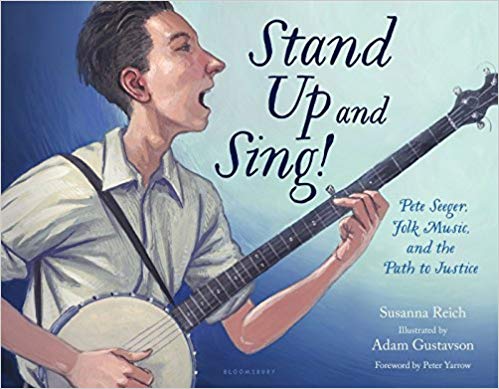

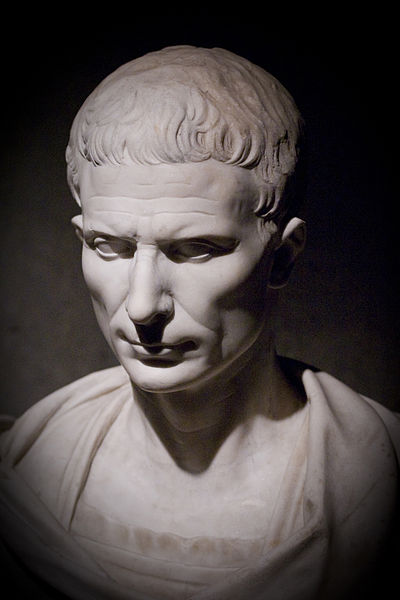


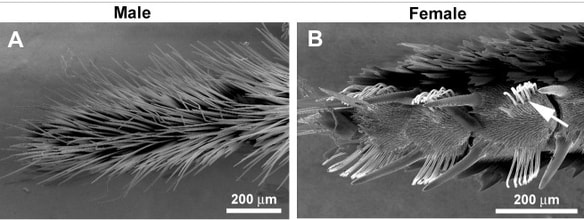
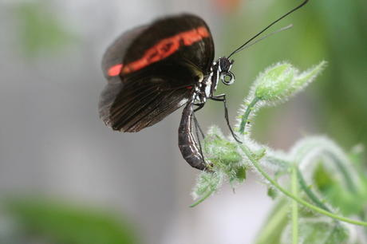
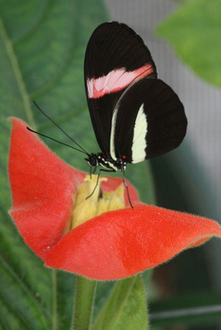

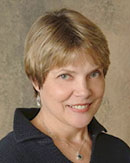


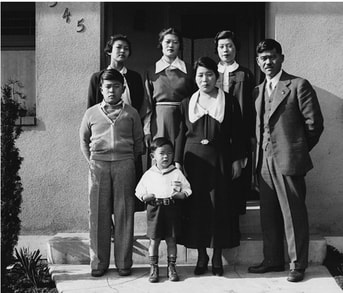
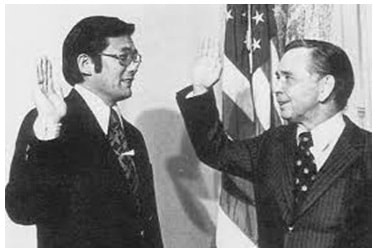
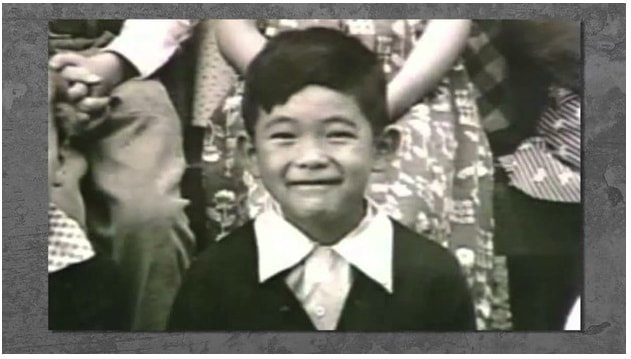
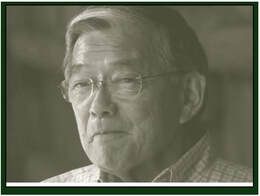


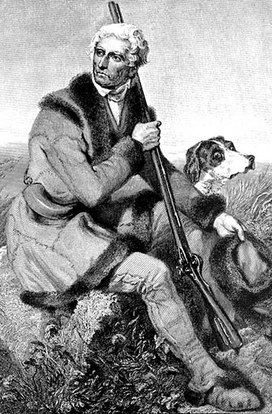
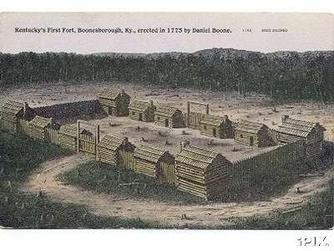
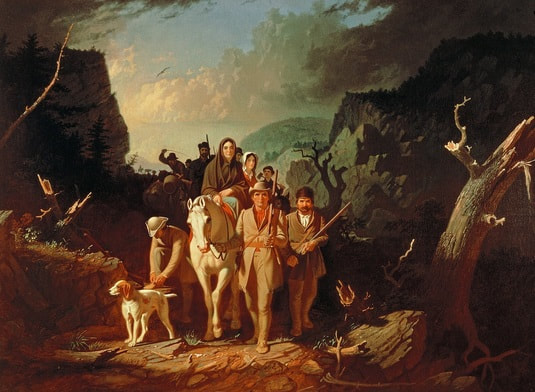

 RSS Feed
RSS Feed
